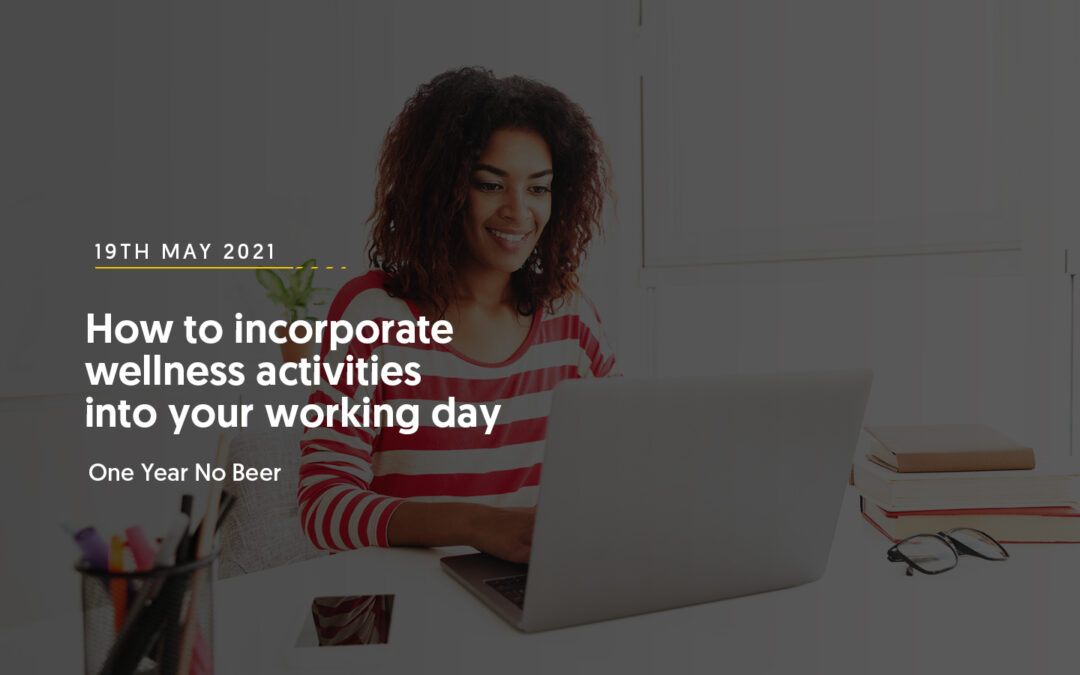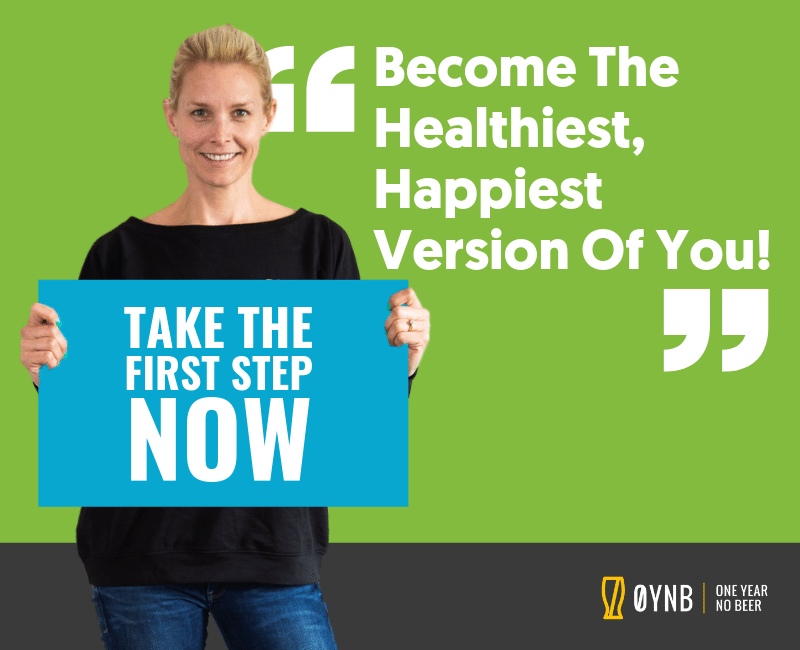You spend so many hours of your life dedicated to your career, so it’s easy to forget to take care of yourself.
Desperate to get ahead, prove yourself, and do a good job? There is nothing wrong with a little ambition, but don’t let it come ahead of your own health and wellness. In the end, you need to be feeling happy and alert to do your best work, so a little investment in yourself can benefit you in the long run!
A lot of employers, especially over recent years, have put a lot more time, energy and resources into providing wellness schemes for their employees. This is likely due to the growing perception that employers have a responsibility to look after their staff, as well as employee wellness having a positive influence on performance. However, it need not stop there.
Whether you are working from home more often these days, work for yourself, or even just want to compound the positive benefits of wellness activities in your working day, there are things you can do to ensure you are making the most of your day and making space for your own personal wellness.
Work hard at wellness
Health and wellness is an ongoing process that requires maintenance and attention – and as the World Health Organisation defines health, it’s not simply the absence of illness or disease, it is the state of physical, mental and social wellbeing. With this in mind, we can make an effort to be proactive in our approach to our own wellbeing, versus trying to correct ill health if and when it appears.
By taking steps to promote our health and wellbeing, we are also reducing the chances that we will need to take time off work due to stress or other related health issues, and allowing ourselves to be in the best possible position to perform at our best when working.
Easy ways to work at wellness
After the year that we have had, no doubt many people will wish to make their health and wellbeing a priority, so here are some top tips for how you can incorporate wellness into your working day.
Make the most of your lunch break
It is easy to get carried away with work and end up munching your lunch at your desk as you continue to work through this break time – but there is a reason you are allocated this time. 1) You are far more likely to be productive after your break if you actually take one as your concentration is likely to wane if you stay in the same zone for too long.
And 2) You can use this time to do something to promote your wellbeing, such as exercise, meditation, read a book or catch up with a friend. Use this time to decompress, refuel and disconnect – then you can come back refreshed and ready to get back into whatever work you need to do.
Take a stand!
Many fitness watches offer a helpful reminder to stand up and walk around for a few moments each hour – and while you do not need a watch to tell you when to get up, it is very valuable advice. If you spend a lot of your working day sitting, try to stand up and take a short walk around the room – get a drink or simply stretch your legs – at least once an hour to get blood flow moving.
If you have meetings that make this difficult, just try to fit it in as often as is realistic for you. Depending on the kind of work you do, see if there are ways to incorporate walking meetings into your day – not only does this get you moving, but it encourages your colleagues to do the same!
Set yourself boundaries
This can be easier said than done and will vary depending on what kind of work you do, but try to set yourself boundaries for the working day, allowing yourself a distinction between this and your down time. Being able to switch off from your job and enjoy your free time is important and offers much needed respite and distance from any stress or pressure that comes along with your work.
If your internal communication channels allow you to turn off notifications outside of working hours, then this can help you to avoid being distracted by work when you are no longer working. Additionally, setting specific times in your diary that allow you to ‘get s**t done’, meaning no other meetings can be planned in over it can offer you some much needed space to actually get through your to do list, relieving some time pressure.
Make wellness work for you
As each of us is different, and our jobs will vary so widely, it really is up to you to find out what wellness activities you can incorporate into your daily routine. The important thing is to try to establish habits you can sustain over time and make them a priority. You are worth the investment!
Sources:
Wellness at work: Enhancing the quality of our working lives, D. Hillier et al, 2009.
Wellness at Work: Protecting and Promoting Employee Health and Wellbeing By Lynda A. C. Macdonald



An entrepreneur and former senior oil broker, Ruari gave up drinking after excessive consumption almost cost him his marriage, and worse, his life. Going alcohol-free improved his relationships, career and energy levels, leading to him founding OYNB to provide a support network for others.







